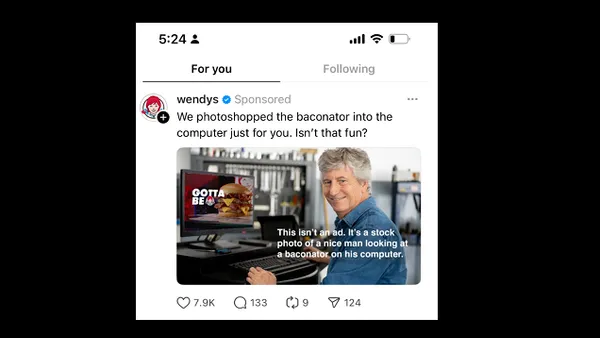If you’re a social marketer, you know your campaigns are worth their weight in gold—but showing it is a whole other challenge.
For many marketers, proving social media’s return on investment (ROI) is a matter of job security. Many executives don’t have a marketing background, and when resources are scarce, the social team is often the one whose budget gets trimmed.
Your boss needs to see the hard numbers.
But you’re running campaigns on five different social channels, managing paid and organic posts, and trying to keep up with content creation. Feeding the social beast is already a full-time job, and one that doesn’t leave much time for figuring out the numbers—especially when you might not have a data background to begin with.
The best way to prove the value of your efforts might sound a bit strange—trust us, we know—you have to completely shut your social advertising down. (Don’t worry, it’s not for long.)
This will let you measure something called conversion uplift. Consider this your blueprint to showing the true impact of your social.
How conversion uplift lets you directly measure social ROI
Conversion uplift is a simple, direct measure of the extra sales your social advertising campaigns drive.
First, you need a baseline for how many demo requests, form clicks, website visits, and sales you get without paid campaigns.
To establish that baseline, you have to turn off all of your social ads so you can measure your key metrics when no social advertising campaigns are running.
Next, turn up the heat. Run a campaign and track how much your key metrics change when your social advertising campaigns are running. If you’re doing things right, you should see a significant lift in conversions.
If you’ve already got campaigns running, don’t worry—you can still measure your baseline conversion rates. Just turn the ads off for a short period (up to a week) and look at how much your sales drop. You’ve made the same point: social advertising has an undeniable impact.
Now you’ve got some conversion uplift metrics—what next?
Measure uplift throughout the buyer journey
The buyer journey is a marathon, not a sprint. Many buyers need more than a single social ad to convince them to spend their hard-earned coin on your products. Chances are, your buyers see multiple ads and multiple organic posts before they’re convinced.
When you’re tracking conversion uplift, remember that social’s ROI can’t be summed up in a single metric. You’ve got to track smaller actions at each stage of the purchase journey, from discovery through to decision.
At the top-level, your metrics will include impressions and ad reach. These metrics show how many people you’re reaching. Below that, there are post engagements, such as likes, comments, and shares. These engagements show more intent, and represent the number of prospects you’re hooking on social. At the end, you have demos, trials and sales.
Identify where social ads make the biggest impact
Considering these different levels of the purchase funnel when tracking conversion uplift is vital. When you’ve got baselines for the top, middle, and bottom of your sales funnel, you’ll be able to pinpoint where social advertising makes the greatest impact—and improve areas where your ads fall short.
Imagine you shut off your social advertising and while your engagements and views drop, your sales stay almost the same. That tells you there’s an issue at the bottom of your funnel and your social ads aren’t getting people to convert. You’ll know you’ve got to fine-tune your conversion copy and write better CTAs.
Put simply: Tracking uplift throughout your sales funnel makes it easy to spot problems and fix them. You’re not just measuring your ROI—you’re learning how to make your social ads even more effective.
And simple as that, you now have real business results that speak to the value of your social advertising efforts.
Learn which ROI metrics matter most for your brand—and how to track them on social—in our ROI Guide










